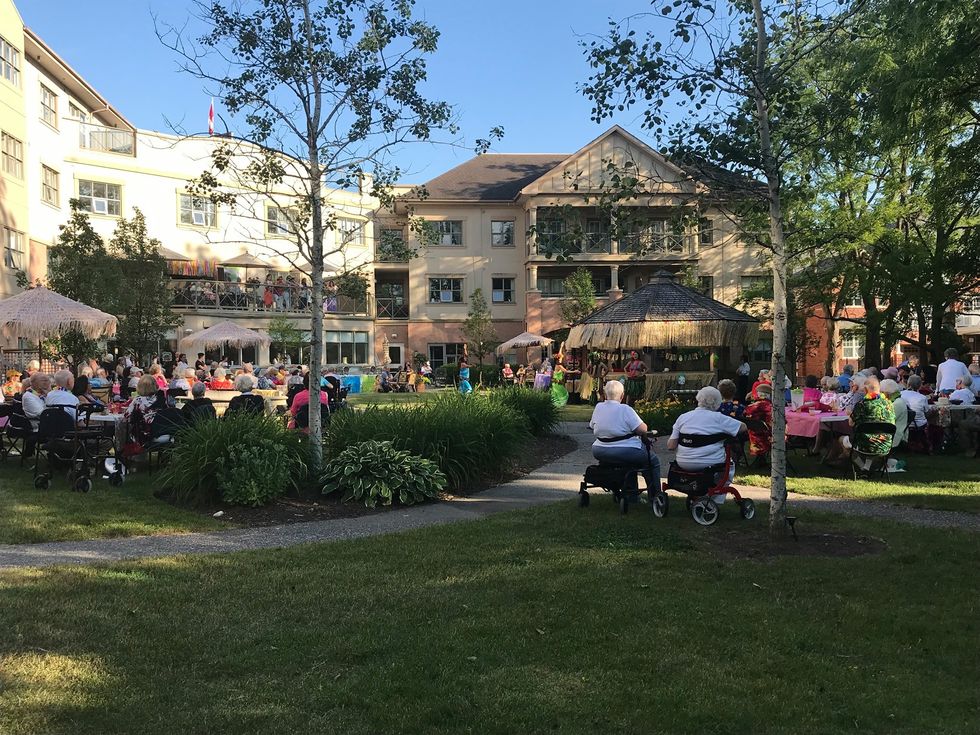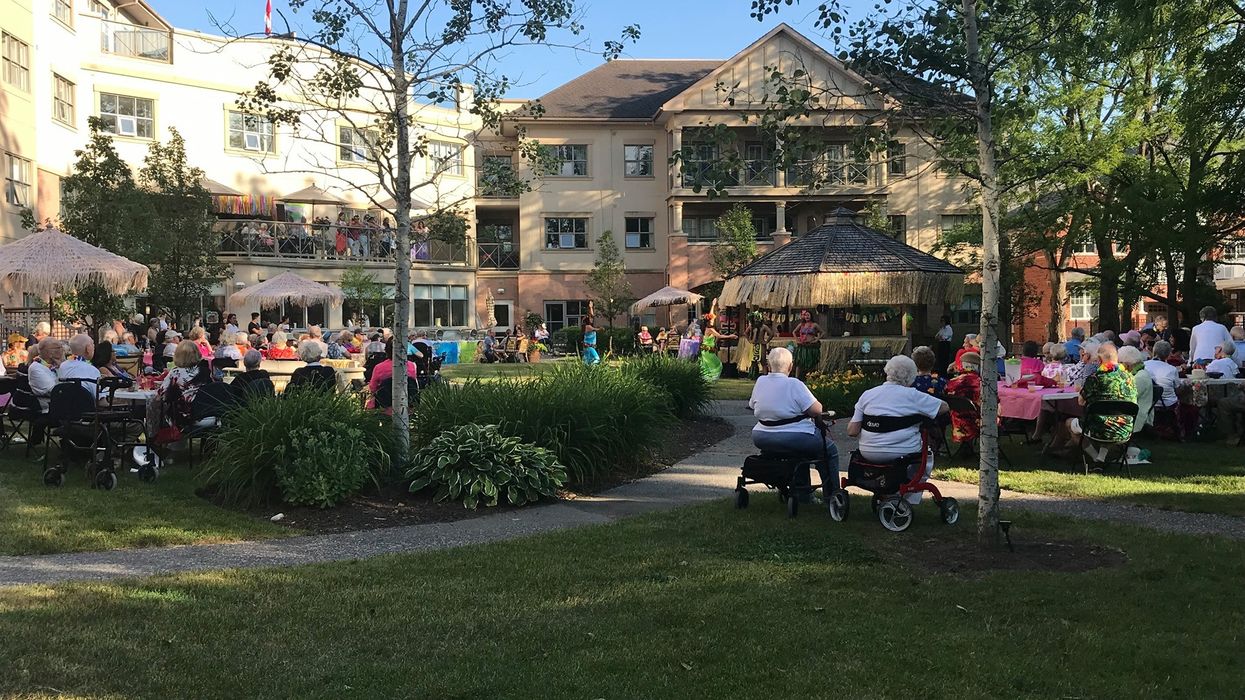The phrase “nursing home” can conjure up dreaded imagery for seniors and their families.
Moving out of your home — one you may have been living in for decades, if not a lifetime — into a seniors’ residence is often considered an act of necessity, not choice.
But times are changing.
READ: The Senior Dilemma: What Should We Do With Our Real Estate Investment?
According to a survey commissioned by Amica Senior Lifestyles, the Canadian seniors’ population is expected to grow by 50% over the next ten years. These seniors are living much longer, healthier and more active lifestyles than ever before. They also have rapidly changing expectations and demands for how and where they want to live their lives.
How do you find out what seniors really want? Ask them.
Loneliness and its impact on mental and physical well-being is one of the biggest challenges older people face.
Statistics Canada reports that 1.4 million Canadian seniors feel lonely. The Amica survey revealed that 81% of Canadian seniors say they will actively combat feelings of loneliness and isolation as they age.
READ: Real Estate Over Retirement: Funding The Canadian Dream
Feeling connected, supported, valued and in control are all important facets of nurturing quality of life for seniors. Thankfully, we are beginning to de-stigmatize the rhetoric surrounding mental health, especially as it relates to aging. This is leading to important efforts to take things like loneliness and quality of life seriously. It’s also leading to major changes in the way senior living communities are built and run.
Re-imagining seniors’ residences
I recently took a tour of Amica Bronte Harbour, a new luxury senior lifestyle community and residence in Oakville just outside Toronto.
To preface the experience, I’m in my 30s, so it felt a bit strange to be visiting a senior’s residence for lunch. But the second I stepped inside, my hesitation vanished.
READ: Toronto City Council Approves New Seniors Housing Corporation
The building felt more like a luxury estate than a seniors’ residence, in no small part due to carefully curated design details, live music and hors d'oeuvres. By the end of lunch, I wondered whether they’d accept a new resident in her 30s.
Active, individualized and lifestyle-oriented
Many of the residents at Amica are more active socially and physically than I am.
The onsite gym and pool are used regularly, as is the cinema room and spa. I’m told their oldest resident, who is 103, swims every morning.

I need to step up my game.
Another highlight of my discoveries was learning how individualized the care is and how it changes over time with residents’ changing needs.
The staff include specialists with academic-level knowledge and training in areas like memory and cognitive function. But instead of making modifications to suit individual needs, the whole environment at Amica is holistically designed around those needs in a way that makes the advanced levels of care for some residents fit seamlessly with the independence of others.
Restaurant quality food
An impressive 3-course lunch created by Chef Mark McEwan will form part of a new menu at Amica Bronte Harbour.
The renowned Canadian celebrity chef was even there in person to tell his own story of struggle with his aging parents, back when food used to be an afterthought in seniors’ residences. Today the kitchens are staffed with restaurant-trained chefs who specialize in delivering food that’s highly tailored for age-appropriate nutrition and preferences.
“When you elevate the food in a residence like this, I think the people that live here really look forward to breakfast, lunch and dinner,” explains McEwan. “It’s like the big event of the day for them. So when the food is really exceptional, it just makes it that much better for them. And when it’s not, it sort of lands flat. I saw that with my mom and dad. For 6 years we toiled with their food in various situations and we were never happy with it. I think the lifestyle that’s going on here at Amica is quite exceptional.”
READ: These Are 5 Of The Best Neighbourhoods In Toronto For Seniors
Connection to the surrounding community
Amica makes a point of connecting itself with its surroundings.
Everything from historically and geographically calibrated architectural details to social events connects each residence with the larger community. That might look like going out to dinner in town, bringing in local experts or having residents host new classes, talks and workshops.
At one Amica residence, a concert pianist now in his 90s still puts on performances for his fellow residents.
What really struck me at Amica Bronte Harbour was the potential of a residential development to be a pillar of the kind of happy and healthy communities and societies we’d all like to live in.
Toronto developers sending up profitable towers without regard to giving something back to the community could take a tip from Amica’s holistic approach to living.





















